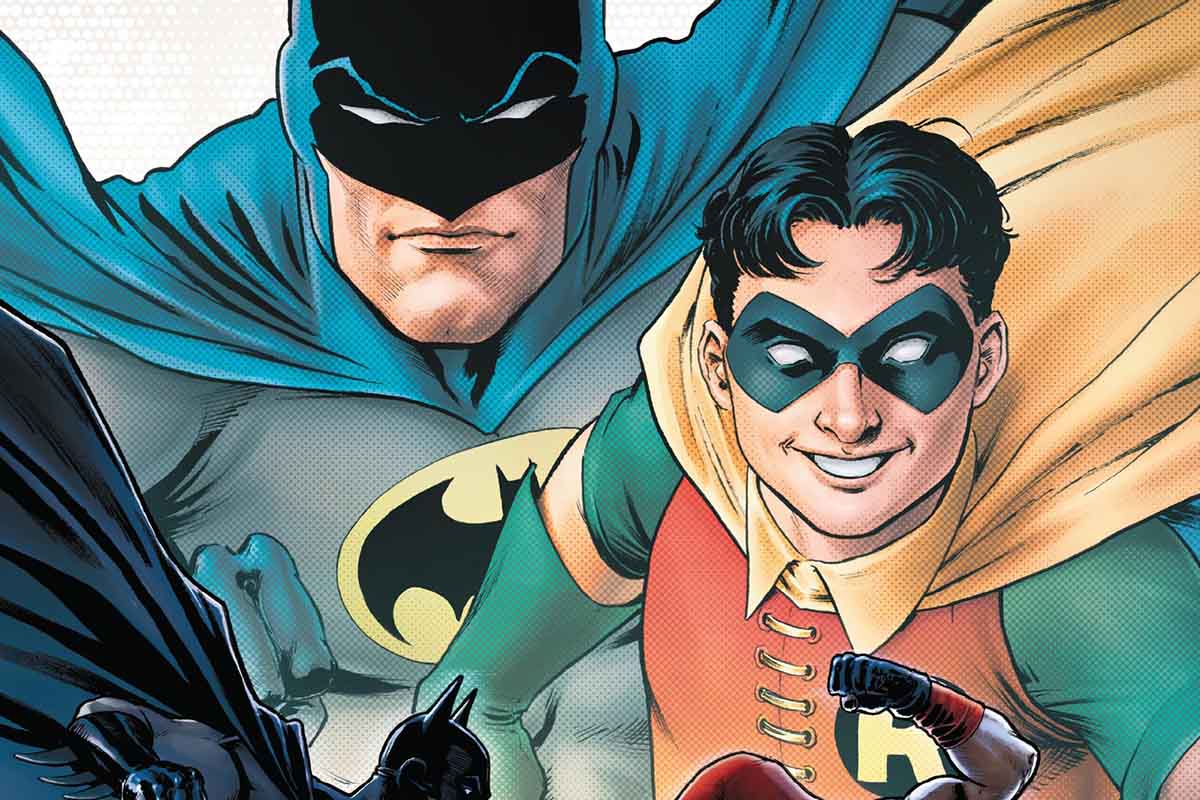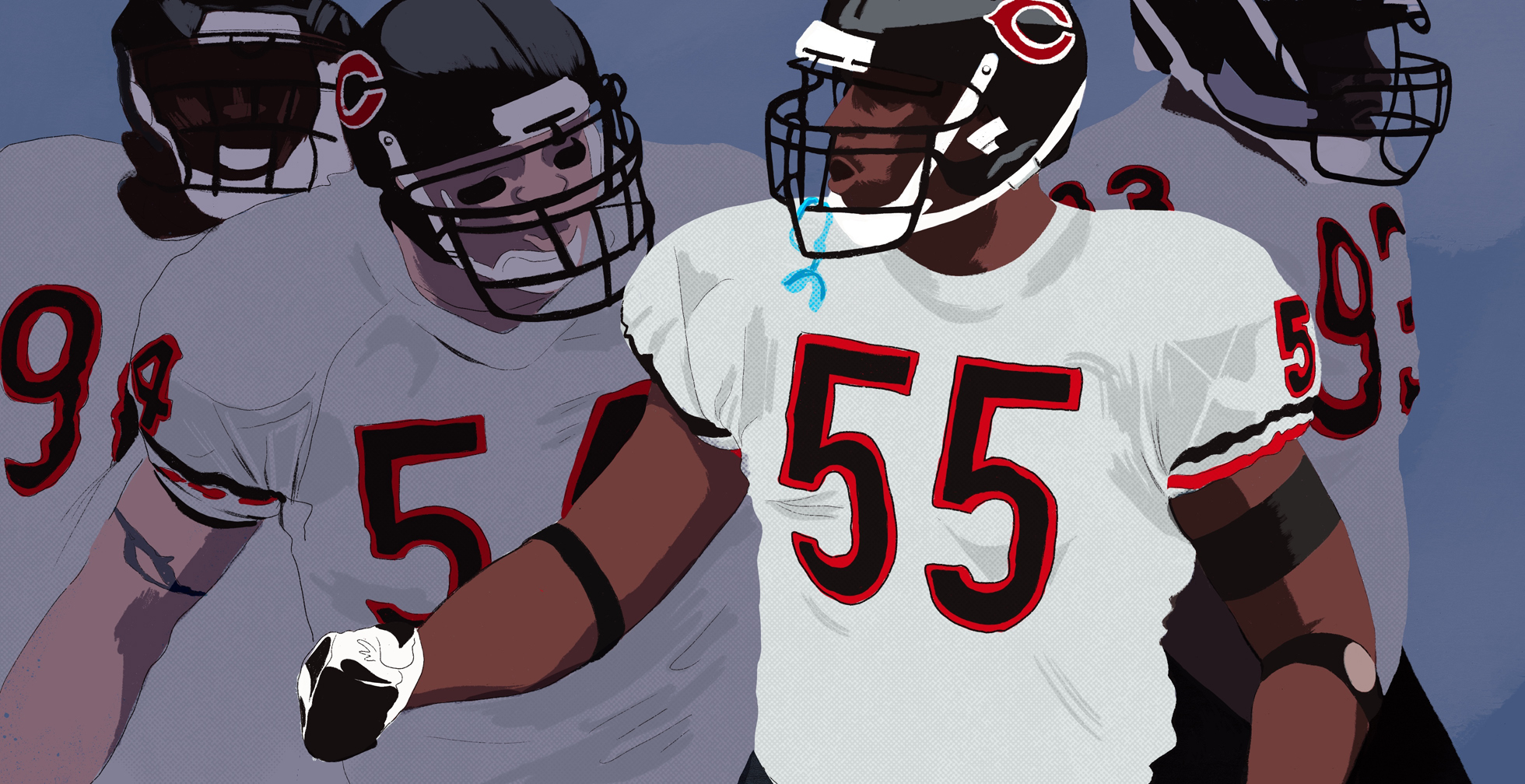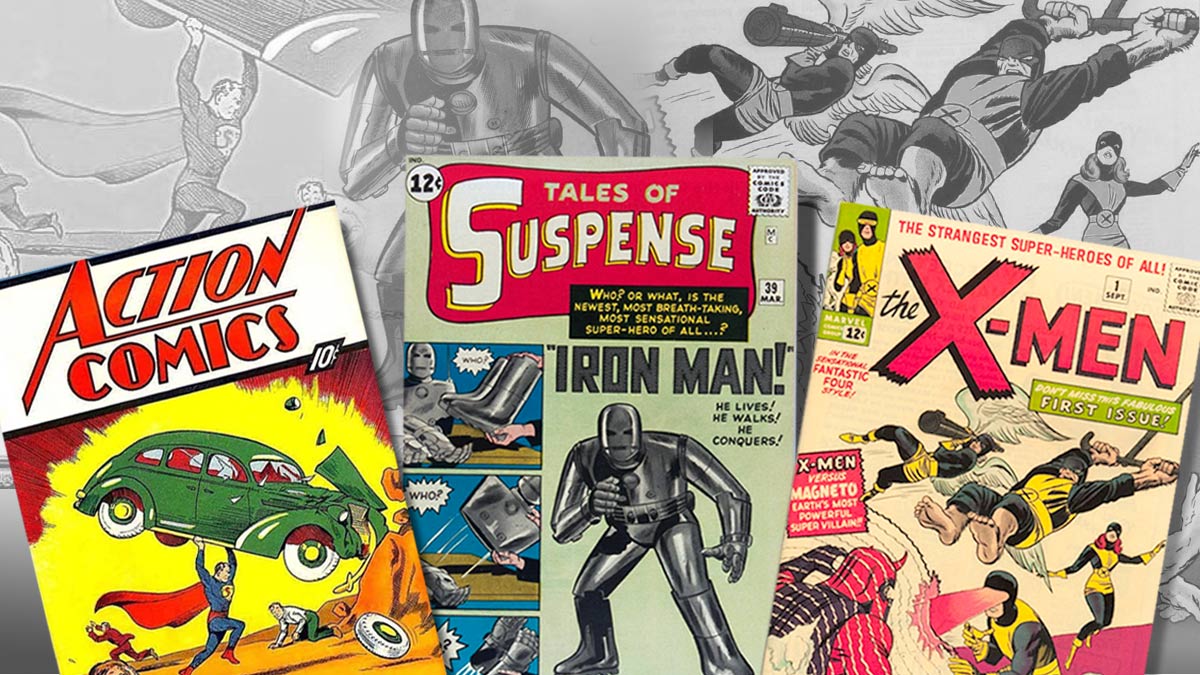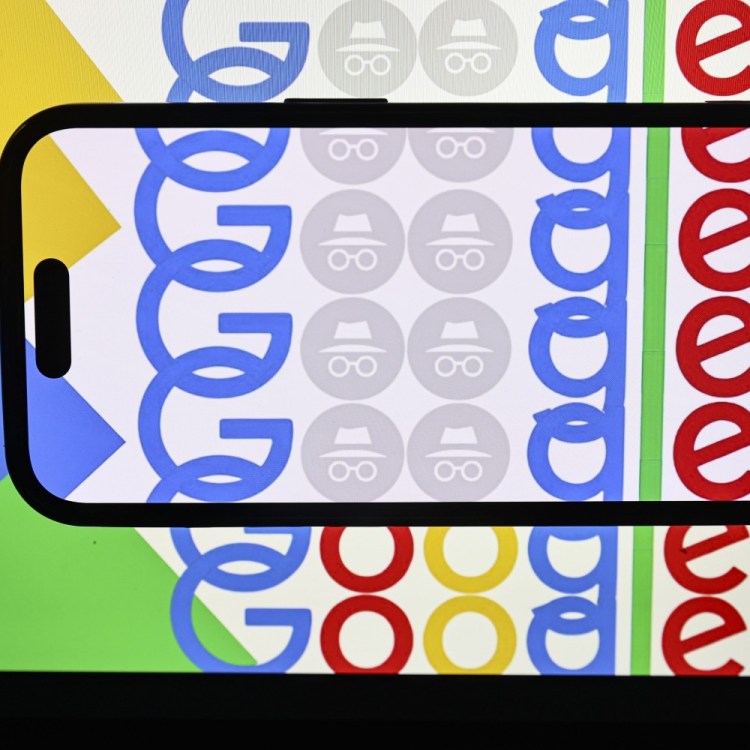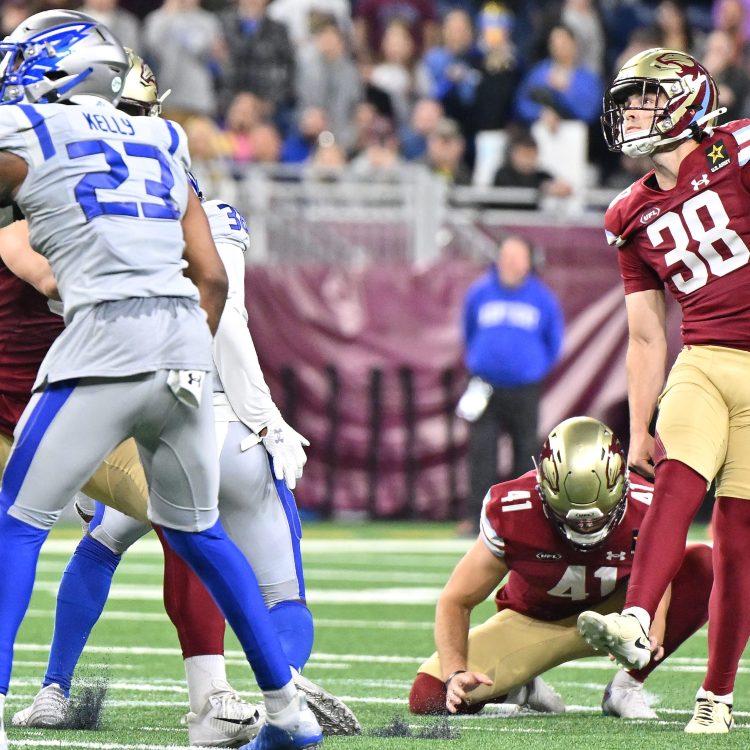We’re going to guess a lot of you know that Robin is Batman’s sidekick. Fewer of you may realize that there have been multiple Robins throughout his 80-year existence.
We’re also going to guess you didn’t pick up Batman: Urban Legends #6, an anthology comic published by DC this week, where the third Robin — Tim Drake, who was only brought into the comics in 1989 — has a “lightbulb moment” and accepts a male’s friend offer of a date, as detailed by NPR. Oddly enough, it’s unimportant enough that this self-realization is only one part of four stories in the comic.
As DC’s description notes: “Tim Drake is in the den of the Chaos Monsters with the other kidnapped teenagers of Gotham City. In order to free himself and the other teens, Tim will have to embrace help from his friend Bernard and hear something about himself he never knew. A brand-new chapter of Tim Drake’s life starts here, and you won’t want to miss it!”
Robin (Version 3) is not remotely the first gay character in a major comic book, or even a major character who has the same sort of personal epiphany long after their illustrated debut. But Iceman, Northstar and Harley Quinn don’t have eight decades of adventures and gay subtext to unpack.
Writer Meghan Fitzmartin appears to have handled the matter with subtlety and grace. And while there have been some smart texts written about the relationship of Batman and Robin, some of it historically has passed for bigotry.
As NPR’s Glen Weldon notes: “After 80 long years, the fusillade of sneers, slurs and innuendos are finally done with. For decades, homophobes looking to land cheap jokes and queer fans aching to see themselves in the comics they love have shared an unlikely common goal — to shove Robin, Batman’s trusty sidekick, out of the closet.”
Since most people’s early impressions of Batman may have arrived via the campy 1960s half-hour show, it’s interesting to note that the character of Aunt Harriet was added to prevent viewers from making assumptions about Batman and Robin, two characters of very different ages who spend a lot of time together. (The late ’90s Batman films, however, had director Joel Schumacher doing “everything he could to transform that queer subtext into a butchy, leather-queeny text,” as Weldon notes.)
But it was actually the 1954 book Seduction of the Innocent that not only upended the comic book industry into something less interesting and more puritanical, but also attacked the working relationship of Batman and Robin; psychiatrist/author Doctor Frederic Wertham feared comic books were harming the nation’s youth, and argued that the Dynamic Duo’s working relationship had homosexual subtext.
Anyway; fictional character Tim Drake seems happy with his lightbulb moment. If it leads to an end of 80 years of sometimes homophobic analysis, we’re happy, too. Also, according to writer Fitzmartin, this isn’t the full story. “I wanted to pay tribute to the fact that sexuality is a journey,” she told Polygon. “To be clear, his feelings for [ex-girlfriend] Stephanie have been/are 100% real, as are his feelings for Bernard. However, Tim is still figuring himself out. I don’t think he has the language for it all… yet.”
Thanks for reading InsideHook. Sign up for our daily newsletter and be in the know.
